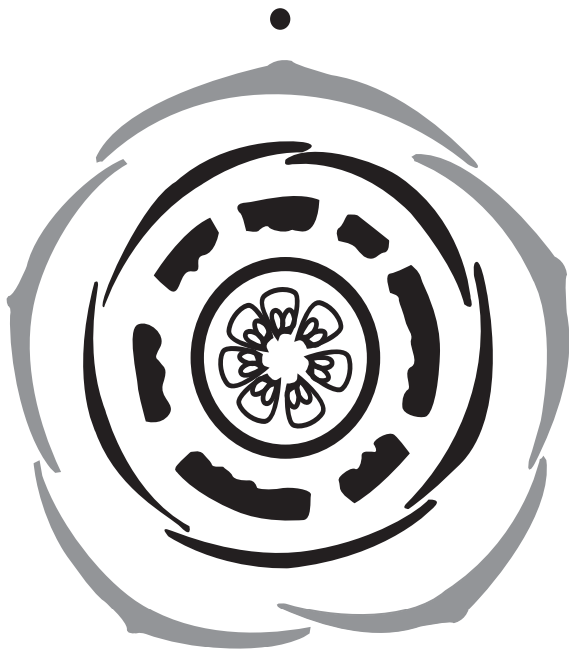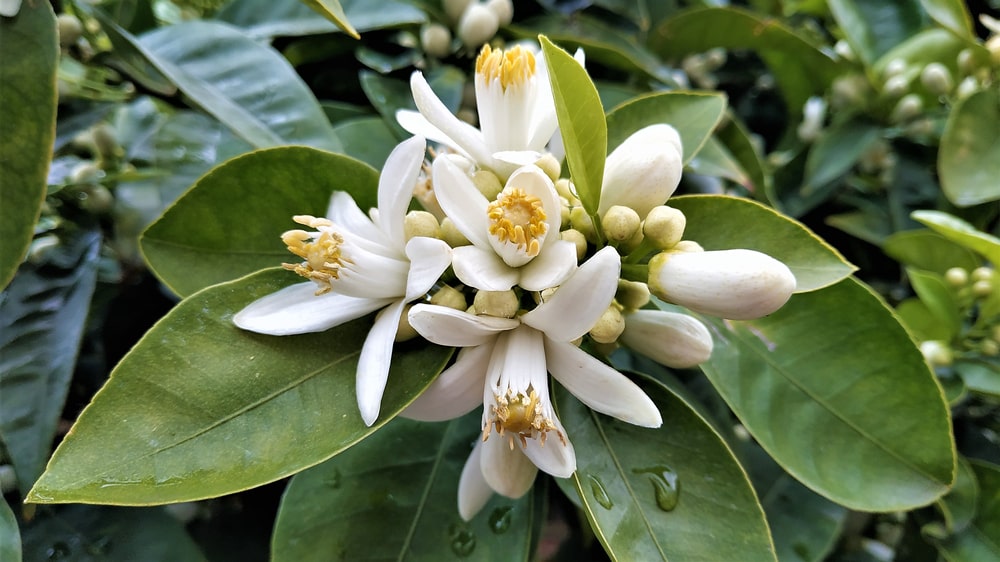Characteristics of Rutaceae
Habit: These are shrubs and trees (rarely herbs).
Leaves: The leaves are simple or compound, alternate or rarely opposite, and gland-dotted.
Flowers: These are regular, bisexual, and hypogynous. The disc below the ovary is prominent and ring or cap-like.
Calyx: There are four or five sepals free or connate below and imbricate.
Corolla: Petals four or five, free, imbricate.
Androecium: The number of stamens varies, they can be as many, or more often twice, as many, as the petals (obdiplostemonous), or numerous, as in citrus and aegle. They are free or united in irregular bundles (polyadelphous) and inserted on the disc.
Gynoecium: There are generally (4) or (5) carpels, or ∞, as in citrus. They are syncarpous or free at the base and united above, and either sessile or seated on the disc. The ovary is generally four- or five-locular, or multilocular as in citrus, with axile placentation (parietal in limonia only). There are usually 2-∞ (rarely 1) ovules in each loculus, arranged in two rows.
Fruit: This is a berry, capsule, or hesperidium.
Seeds: The seeds may or may not have an endosperm. Polyembryony is frequent in Citrus, e.g. lemon and orange (but not pummelo and citron).
Floral formula:


Examples: Citrus Limon, Citrus Aurantium, Aegle Marmelos (wood apple).
Make sure you also check our other amazing Article on : Characteristics of Liliaceae
